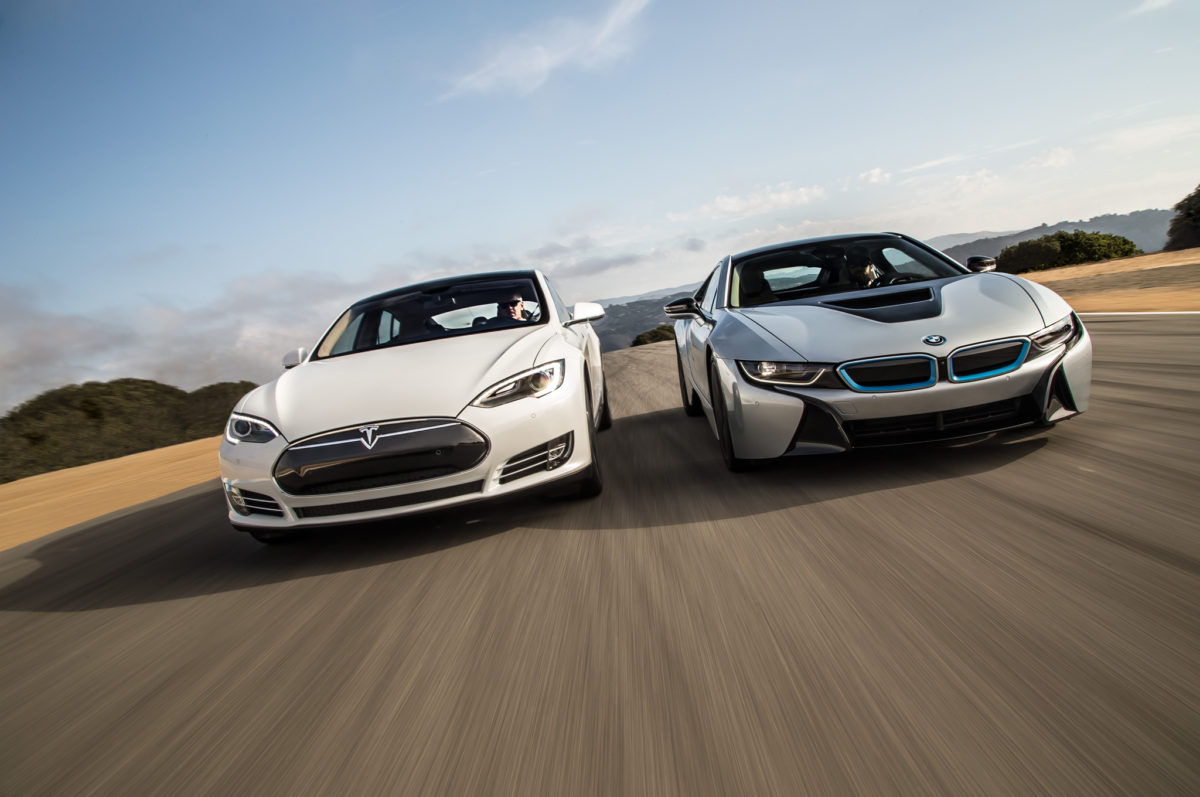Chances are that you are familiar with Bitcoin. It is the world’s first (major) and most famous cryptocurrency (i.e. a virtual form of money that secured by cryptography). The features that made Bitcoin unique in its early stages was its decentralized nature which means that unlike other currencies, Bitcoin is not issued and backed by a central authority (e.g. a central bank). This is made possible by the so-called blockchain, ledger, visible by the public that logs all transactions that have ever been made with a particular Bitcoin and a network of nodes that verify a transaction. Bitcoin’s popularity and valuation surged, only to crash into relative obscurity again (a process amplified by the rise of competing cryptocurrencies).
However, one feature has the potential to radically transform the business models of financial institutions and non-financial businesses, but also could give rise to completely new forms of organizations. In case you have not guessed it yet: it’s the blockchain. But how is it possible that a new way of recording data (that’s all blockchain is) can have so sweeping impacts?
Well, clearing and settling transactions, the traditional way is painfully costly (between $65-$80 billion in the whole industry) and slow. With the blockchain this process can be made (almost) in real-time and at a much lower. Other features that banks like are its security (thanks to the use of cryptography), reliability (due to it decentralization there are no pints of failure) and finally its transparency. And indeed 40 of the world’s biggest banks (among them Goldman Sachs and Barclay’s) are experimenting with new business models that rely on the distributed ledger to trade bonds.
The blockchain also has given rise to many new businesses that use the blockchain in another context than finance. Blockai and Ascribe use the technology to enable artists who cannot afford to register their copyrights, to protect and profit from their intellectual property. Other companies aim to decentralize the internet and break the power of platforms such as Google and Facebook. Onename gives user a unique online identity to prevent identity theft and misuse of the identity while Storj is a cloud that replaces the central server and spreads files across different nodes in its network.
Finally, and in my opinion most exciting, is blockchain’s ability to enable completely new forms of organization. Smart contracts that are made possible by blockchain automate the negotiation, verification and enforcement of contracts. Thereby, reducing transaction costs tremendously. This can give rise to completely new forms of organizing a business. An example is the DAO, a digital decentralized autonomous organization. Its aim was to be a venture capital fund without traditional management structure, board of directors and even employees, all this while being at home in the internet and therefore not being tied to a single nation state. Basically, the DAO was a set of elaborate smart contracts. People could become partners of the fund by purchasing tokens (equivalent to shares) that gave them the right to vote on investment decisions. In total this the DAO was able to raise $150 million from over 18.000 investors. “Contractors” submitted investment proposals and a group of volunteers called “Curators” checked these proposals for their legitimacy, before they were voted upon. Thanks to its blockchain foundation, the DAO was completely transparent and did not need auditors or other controllers. Unfortunately, the DAO became a victim of a hacker attack which drained $50 million and severely impacted the investor’s trust.
Despite this cautioning end of the DAO and other, mainly legislative, uncertainties, I believe that the blockchain will be remembered as one of the most important inventions of our age and that its significance (which can only be assessed in a couple of decades, if not longer) can be compared with the invention of the stock market.
So what do you think? Is the blockchain as revolutionary as the invention of double-entry bookkeeping or just another technology that will fade into obscurity?
Sources:
http://thenextweb.com/worldofbanking/2016/09/16/how-blockchain-is-transforming-business-models/
http://thenextweb.com/insider/2016/08/24/big-banks-learned-stop-worrying-love-blockchain/
http://www.cnbc.com/2016/03/03/40-banks-trial-bitcoin-tech-for-trading-bonds.html
Ascribe is using Bitcoin’s blockchain to help artists claim ownership of their work
http://t3n.de/news/synereo-blockchain-2-752001/ (in German)
https://en.wikipedia.org/wiki/The_DAO_(organization)


